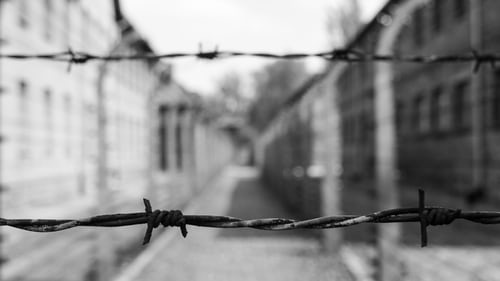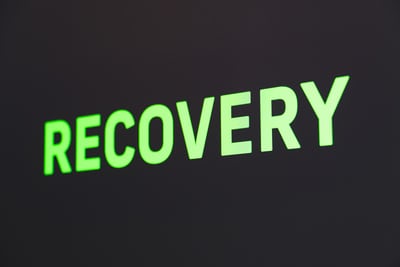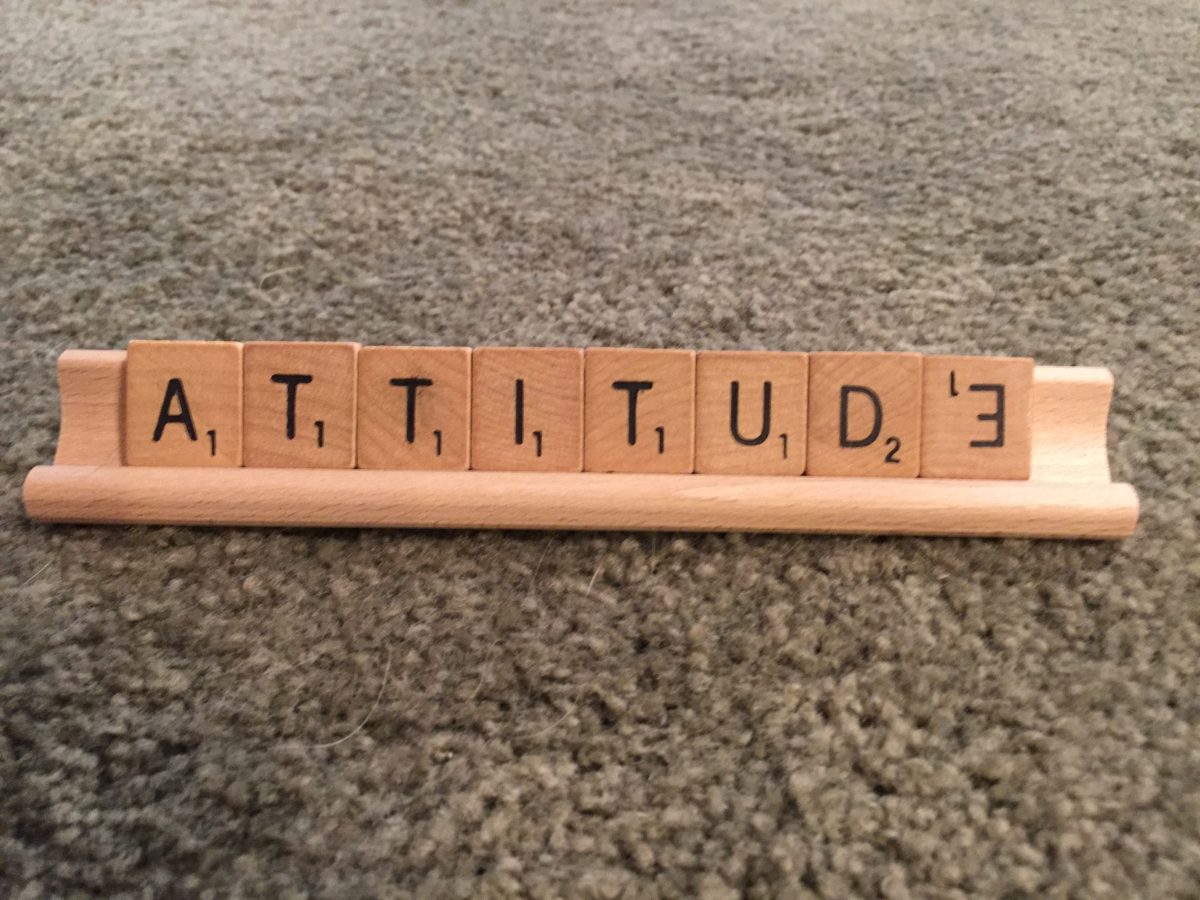APOLOGY. Defined by Webster’s Ninth New Collegiate Dictionary as “an admission of error or discourtesy accompanied by an expression of regret.”
Something some people wait a lifetime for and never receive.
But it’s a critical component of a grief recovery relationship review. Without it, your recovery won’t ever be truly complete.
And it comes first on the relationship review to-do list.
Apologies—
Heartfelt apologies need to be extended whether you’re apologizing for a sin of commission or omission, or just a plain discourtesy. I’m sure you can think of things you’ve said or done, or not said or done, that you know have been hurtful to others.
You need to apologize for what you wish you’d done or said differently.
The basics of apologies in grief or loss—
If the person you’ve wronged is still living, the apology may be done face-to-face. Sometimes that’s best. But sometimes it’s not possible, and a letter or phone call will suffice. Or an email, or text. But a call or letter is still a preferred method.
Some apologies can’t, or shouldn’t, be given directly, though. Here’s an example of an apology that shouldn’t be given directly.
Suppose you were gathering with friends and, in a fit of meanness, said some nasty things about a family member of yours. While your conscience about that infraction may suffer, it’s not recommended that you get your acquaintance on the phone and tell her what you’ve done, unless she finds out about your transgression through the gossip chain, of course. Then you’d want to seek her out and apologize.
However, it is important that you take that transgression to the Lord and ask His forgiveness for your mean spirit. And you can always confide in someone close that you’ve said those things. Whichever way you choose to do it, it needs to be said to someone, out loud. Write it down and read it, or just speak it out during your prayer or meditation time.
You can think of an apology’s place in grief completion by remembering that:
“Completion is the result of the action of issuing an apology as a verbal statement, heard by at least one other person.” (Grief Recovery Institute)
Apologizing to someone who has died—
We tend to think and believe that death completes what’s left emotionally unfinished about the relationship. The person is gone, so the emotions about past events should end. Let bygones be bygones, right?
Not so. If anything, some of these left-undone emotions become stronger and more life disabling, especially if they’re not addressed and dealt with. Completed.
“We are unfinished in exactly those things that we realize never got said or heard.”
In the course of your grieving, you would likely uncover things that still need to be said, even if that person is gone or out of your life.
Death does not obliterate the need to put an end to what was left unfinished.
So if you’re grieving a death, all unfinished or unsaid emotional statements—think apologies, here—need to be spoken indirectly.
And in order for this relationship review completion to be effective, the apology needs to be spoken to another, trusted confidant.
What an apology is not—
I once had a loved one call me with an emotional plea of forgiveness, begging for reconciliation, after weeks (actually months) of leaving nasty phone messages on my phone about how horrible I was, didn’t do what I should be doing as far as she was concerned, and fell woefully short of her expectations.
You would have thought I was thrilled that she apologized without prompting.
Well, yes, and no.
While I was happy she was trying to reconcile, her “apology” wasn’t really an apology. Why?
She didn’t elaborate about what, exactly, she was apologizing for. She simply said, “I’m sorry.” And then added: “You’re all I have. I love you and want you back in my life.”
I should have known better, but without a lot of deep thought or enough prayer, I called her and told her I accepted her apology.
Bad move. And it has continued to cost me in the relationship.
What she was giving me was a desperate “I’m sorry” in order to try to patch up a relationship she felt she needed to patch up—so she wouldn’t be alone.
And I foolishly accepted it, without asking her what, specifically, she was apologizing for. And waiting for her to acknowledge and state it.
And that’s what a bona fide apology is: a statement stating specifically what you are sorry for—an honest and forthright elaboration of what you did wrong, didn’t do that you should have done, or wished you had done. It’s taking responsibility for your actions or inaction and speaking it out loud.
She manipulated me, and by my not pressing her for the details, I didn’t protect myself from future negative interactions. I should have told her how her behavior hurt me or set appropriate boundaries. But that’s another discussion.
An apology is not given to manipulate someone. It’s not a way to extract something you want from someone else.
If you’ve harmed someone, be honest about it. Acknowledging and stating what you’ve done or not done will help you be a more complete, at peace person. It’s a sign of character and maturity.
And remember, no one is obliged to accept an apology. The receiving person’s actions are up to them. It’s out of your control.
The objection is to complete the grief or loss, not manipulate.
Benefits of an apology to a living person—
A heartfelt apology can enhance and deepen a relationship, or expand one. And it clears the giver’s heart and brain of cobwebs.
Sometimes the relationship isn’t repaired or reconciled, but at least you know you’ve done your part and owned up to your shortcomings.
Benefits of an apology to a deceased person—
Plain and simply, the benefit is a clear heart.
Interestingly, one of the first things that floods your heart and mind following a loved one’s death is all the things you didn’t do that you know you should have or wished you had done, and all the things you know you did wrong in the relationship that you wished you’d apologized for.
It seems to hold true for any death, including pets.
For your parent, maybe you didn’t tell them you loved them enough. Didn’t visit enough; call enough. Didn’t tell them how much you appreciated their sacrifices for you.
For a pet, you’re sorry about not spending enough play time with them, not feeding them on time, not cleaning their cat box as often as you should have.
On August 22, when we had to help our younger son’s dog pass over the Rainbow Bridge, I warned my son about the myriad emotions he was likely to be slammed with as soon as the vet pronounced his dog, Hami, gone. “Don’t be surprised if you feel guilty for not having been here enough after leaving for college, for not walking him enough, for ignoring him.”
My 25-year old son nodded, as though he understood.
He didn’t.
One of his first comments to his dad right after Hami passed was: “I didn’t know I’d get swamped with so many emotions and feel so bad.”
He spent a good 15 minutes alone with his beloved dog, weeping, talking to him through his tears, apologizing, stroking and loving him some more. And then he wept again graveside as we prayed and talked about Hami’s wonderful qualities.
And he stood by Hami’s grave several more times, weeping and talking to Hami before leaving the next day to return to college.
And the four of us (his girlfriend included) sat around doing a relationship review of Hami and his life and the impact he had on all of us. Even our older son shared his thoughts and love via a text and phone call, to his brother and to me.
It helped us heal. We’re still healing, but the apologies have been said. And that’s helped our grief completion move forward, to completion.
Actions create completion—
Don’t be fooled. Time doesn’t create completion.
Actions do.
And you can tell whether or not a person has really completed a grief by the stories they tell.
If you hear them tell the same negative stories over and over and over about a deceased person or a severed friendship, or if they are constantly reviewing the relationship, you know their grief has not been completed.
They’re stuck.
Lack of completion compels them to repeat the story over and over.
Does life go on after death or loss?
Yes, life goes on.
There is some truth to believing that we shouldn’t dwell on a negative past.
The problem lies in that we are not usually taught how to move on in life, the constructive steps we need to take to move forward, to regain our footing and live full, productive and completely happy lives.
Apologizing is a critical action step. One we would all do well to learn and practice.

Invitation—
- Is there someone you know you need to reach out to with an apology, in order to mend a relationship or clear your damaged heart?
- Is there a deceased loved one you harmed that you owe an apology to? I invite you to note that harm or misdeed to use later in a full relationship review letter.
- If you’re like me and were raised in a home where apologies were rarely uttered, then you might have difficulty apologizing or recognizing your need to do so. Ask a trusted friend if they notice that tendency in you. And then learn why it’s so important to offer an apology—what it does for you and the receiving person. I encourage you to start practicing it. In time, with practice, it gets easier. J
NEXT WEEK: Forgiveness as part of the complete relationship review.
See you next week!
Blessings,
Andrea
“Beloved, I pray that you prosper in all things and be in health, just as your soul prospers” (3 John).
Andrea Arthur Owan, M.S., A.T., R., is a fitness pro, award-winning inspirational writer, memoirist, and senior-ordained chaplain (IFOC). She helps people to thrive physically, emotionally, and spiritually, and recover from grief, loss and trauma.












 Andrea Arthur Owan, M.S., A.T., R., is a fitness pro, award-winning inspirational writer, memoirist, and senior-ordained chaplain (IFOC). She helps people to thrive physically, emotionally, and spiritually, and recover from grief, loss and trauma.
Andrea Arthur Owan, M.S., A.T., R., is a fitness pro, award-winning inspirational writer, memoirist, and senior-ordained chaplain (IFOC). She helps people to thrive physically, emotionally, and spiritually, and recover from grief, loss and trauma.














